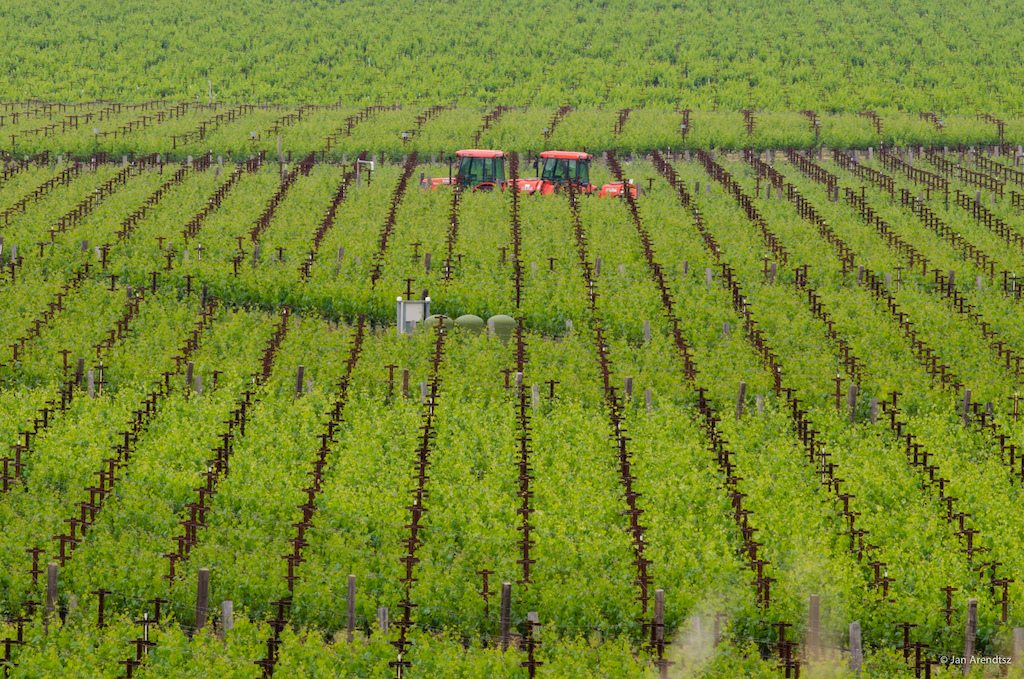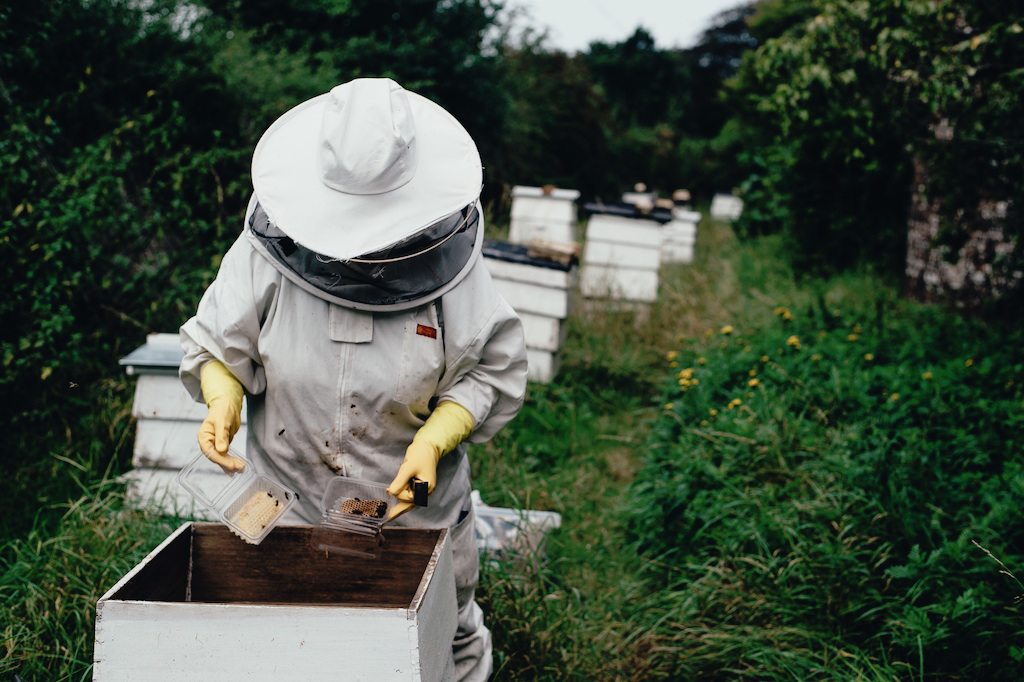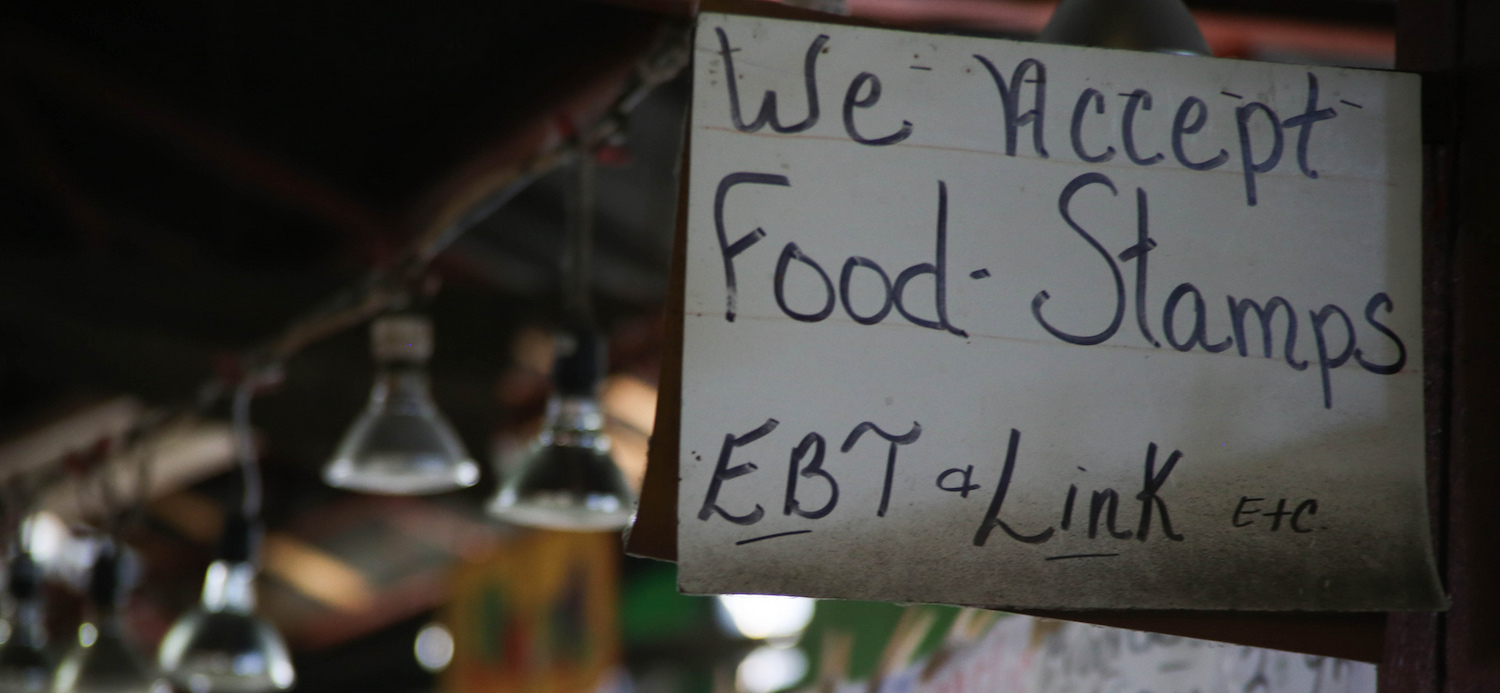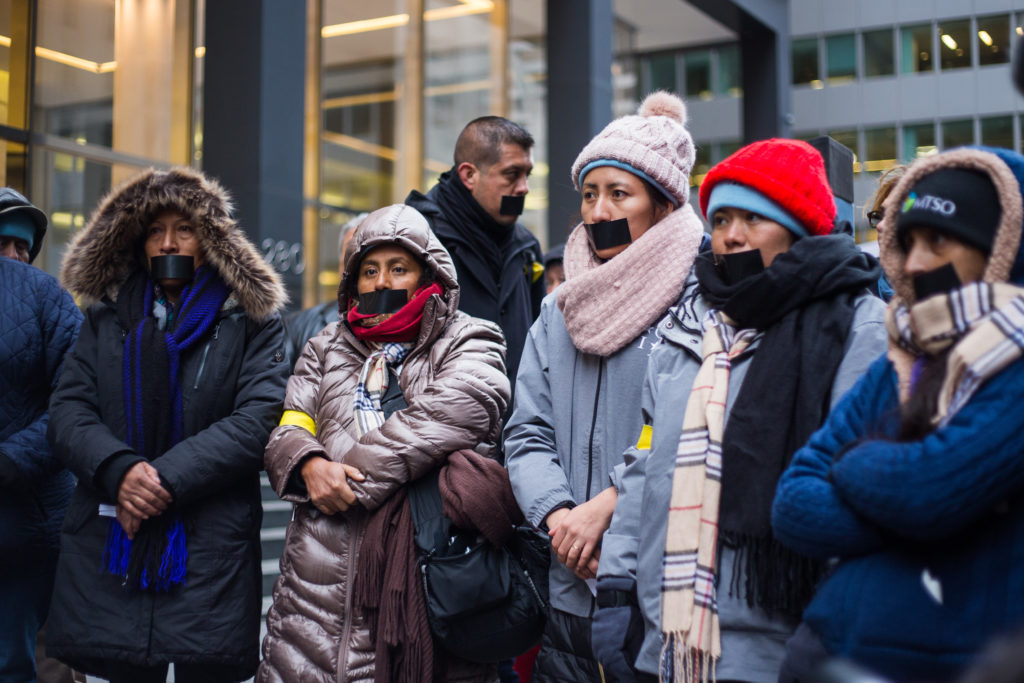The next time you raise a glass of Napa County cabernet or Finger Lakes Riesling, toast the vineyard workers who made it possible. They are a scarce resource, and President Trump’s immigration policies threaten an industry already in flux.
Americans drink more wine than any other country, more than 3 billion liters annually. Per capita, we now consume about three gallons a year, triple what we drank 50 years ago.
More significant economically, we have become a wine-producing country. Only Italy, Spain, and France surpass us, and we may catch up soon, with a 14 percent increase in production between 2010 and 2015. In California, which produces 85 percent of American wine, 375,000 residents have jobs in the industry. According to the Wine Council, which collects statistics on viticulture nation-wide, we devote at least a million acres to this enterprise. And some of that acreage abuts small towns that have flourished as a result.
But most wineries are family businesses, many with narrow profit margins. The new administration’s eagerness to expel undocumented immigrants and its reluctance to expand visas for agricultural workers are hitting very close to home.
Even before the election of President Trump, vintners in many grape-growing areas were worried about a shortage of workers as net migration from Mexico slowed and stopped (in 2007, according to the Pew Research Center). Winemakers at the 2016 Napa Valley Grapegrowers’ harvest press conference noted that labor was “a hot topic right now.” Last year a California industry market report found that “[i]n every growing area, the labor force is inadequate.”
Fast forward to 2017 and the attrition of skilled workers in the American wine industry seems likely to bring about major changes in production, affecting both the quantity and the quality of what we drink. At the very least, the labor shortage leaves the industry in a state of great uncertainty.
Consider the material and psychological dilemmas of the many undocumented workers who prune and tie and graft the vines. The messages sent to them by the national government are unequivocal. Brandishing his authority at the U.S.-Mexican border in April and reminding border protection employees that “this is the Trump era,” Attorney General Jeff Sessions pledged to “bring the full weight of both the immigration courts and federal criminal enforcement” to bear on all those who violate the nation’s immigration laws. Recently the director of Immigration and Customs Enforcement made the threat more immediate. “If you’re in this country illegally, and you committed a crime by entering this country, you should be uncomfortable, you should look over your shoulder, and you need to be worried,” he said in a June Congressional hearing. “No population is off the table.”
There are no data to indicate how many of those who work in the fields (or the cellars, presumably a much smaller number) lack legal immigration status
It’s not just workers who are panicked. Vintners are anxious, too. Vineyard labor is quite specialized, requiring skills not easy to replace. What the professionals call “canopy management”—removing leaves to allow the sun to ripen the fruit but not so many as to expose the grapes to sunburn—calls for the judgment of experienced workers. It may take years to master the art of pruning. Some workers learn to recognize pests and viruses and are being trained to treat them. “Skills are built over time,” says Mary Jo Dudley, Director of the Cornell Farmworker Program.
As a practical matter, it is hard to know how justified the worries of workers and employers really are. First of all, there are no data to indicate how many of those who work in the fields (or the cellars, presumably a much smaller number) lack legal immigration status; some have green cards or hold H-2A visas. And despite the Congressional statement of Thomas Homan, director of Immigration and Customs Enforcement, it is still unclear how broadly a removal policy will apply.
There are several possibilities. If the administration deports only people with convictions for serious crimes, the consequences for wine businesses will be much less than if it expels everyone who has been charged with DWI or driving without a license. The attorney general has announced a priority for document fraud, which could mean that anyone who has used a false Social Security number to get a job—probably a large number of vineyard workers—would be vulnerable. And ICE agents already summarily remove immigrants with outstanding warrants—even very old ones—for having re-entered the country after a previous deportation.
While many workers who are sin papeles (without papers) take extra precautions so they won’t be picked up by federal authorities or local police who are cooperating, others decide on the ultimate avoidance strategy—going home. “He just couldn’t stand the uncertainty,” says a pizza cook, speaking of his brother who went back to Guatemala. Motivations for self-deportation may be mixed: your remittances have paid for a new house, you long to attend your daughter’s quinceñera, and you find the American environment of hostility toward Hispanic immigrants stressful. A few will take their vineyard skills home to Mexico, where a small but flourishing wine industry may value them.
So vintners are facing the prospect—not inevitable, but not unlikely, either—that they will have to find substitutes for many of the workers they have come to respect (and sometimes promote to cellar manager or assistant winemaker). Some options are promising, others not.
American-born candidates will rarely be willing to toil in the fields for a seasonal job that is hot in the summer and cold in the winter, even if pay is raised to lure them. Bringing in foreign workers, as President Trump requested for his Virginia vineyard, is not much of an alternative. The existing guest-worker program (the H-2A visa) is administratively burdensome, and vintners and farmers are often hard put to provide the housing and transportation that it requires. Assigning recent refugees to vineyard work poses other problems. “The producers can’t calculate what training needs will be, adjusting to different languages and cultures,” Dudley notes.
Increasing automation may counter some of the labor shortage, as it has in other agricultural areas. Dennis Donahue, who leads the Western Growers Association Center for Innovation and Technology, recently told Public Radio International that robots are the future of agriculture for some tasks. “R2-D2 is going to be doing the weeding,” he said. But winemakers often resist mechanized pruning and harvesting for the premium wines that are increasingly in demand. Besides, robots won’t support with consumption or human capital the economies of the agricultural communities that rely on the American wine industry.
Through production and distribution, California wines contribute almost $60 billion annually to the state economy; the wines of Washington and the wines and grape juice of New York add about $5 billion each to their states. Then there are the economic benefits of sales and consumption outside the wine-producing states, even outside the country. So a dip in production caused by a reduction in the labor force would have repercussions well beyond the collapse of some small wineries. Native-born workers in farming, retail, and hospitality sectors would suffer along with winery managers who lost their jobs and vineyard laborers who were repatriated.
This situation, along with a more general farmworker labor shortage, is not lost on Democratic politicians in Washington. As of July 7, 2017, nine Democratic Senators and twenty-seven Representatives were sponsoring legislation that would create temporary authorization for most undocumented agricultural workers, giving them and their families a “blue card” that could lead to permanent residency status and, ultimately, citizenship.
The Agricultural Worker Program Act of 2017 could address the anxieties of immigrants—“the backbone of our nation’s agriculture industry,” as sponsoring Congressman Jimmy Panetta (D-CA) called them—and support farm communities. But it is unlikely to gain traction with Trump supporters wedded to an anti-immigrant stance. Congressional Republicans are more likely to go along with a bill, introduced in the Senate by Ron Johnson (R-Wisconsin) and in the House by Representative Ken Buck (R-Colorado), that would enable states to run their own, small guest-worker visa programs, giving their recipients renewable three-year non-immigrant permits to “perform services, provide investment, direct an enterprise, or otherwise contribute to the economic development agenda of the State.”
Even if they could jump the obvious political hurdles, neither of these proposals would solve the problem of the illegal presence of workers who harvest our grapes, process our poultry, serve our restaurant meals—in short, who sustain us daily. Calling for comprehensive immigration reform is much more than a humanitarian plea for the inclusion of people who have earned our sympathy with their hard work and energy. It is the acknowledgement that our demographic future includes an economy driven by unprecedented human diversity of talent and origin, a national hometown responsible for the economic and cultural interests of all its residents.
In a recent letter to political leaders from the president on down, 1,470 economists of varying political persuasions hailed immigration as “one of America’s significant competitive advantages in the global economy” and called for “a visa system that recognizes market shortages.” While the writers emphasized the benefits of immigration for entrepreneurial and STEM jobs, they also endorsed the retention of “skill sets that keep our workforce flexible, help companies grow, and increase the productivity of American workers.” As every winemaker knows, experienced vineyard workers, whether legally in the country or not, have those skill sets and apply them for the enjoyment of the wine-drinkers of America.











